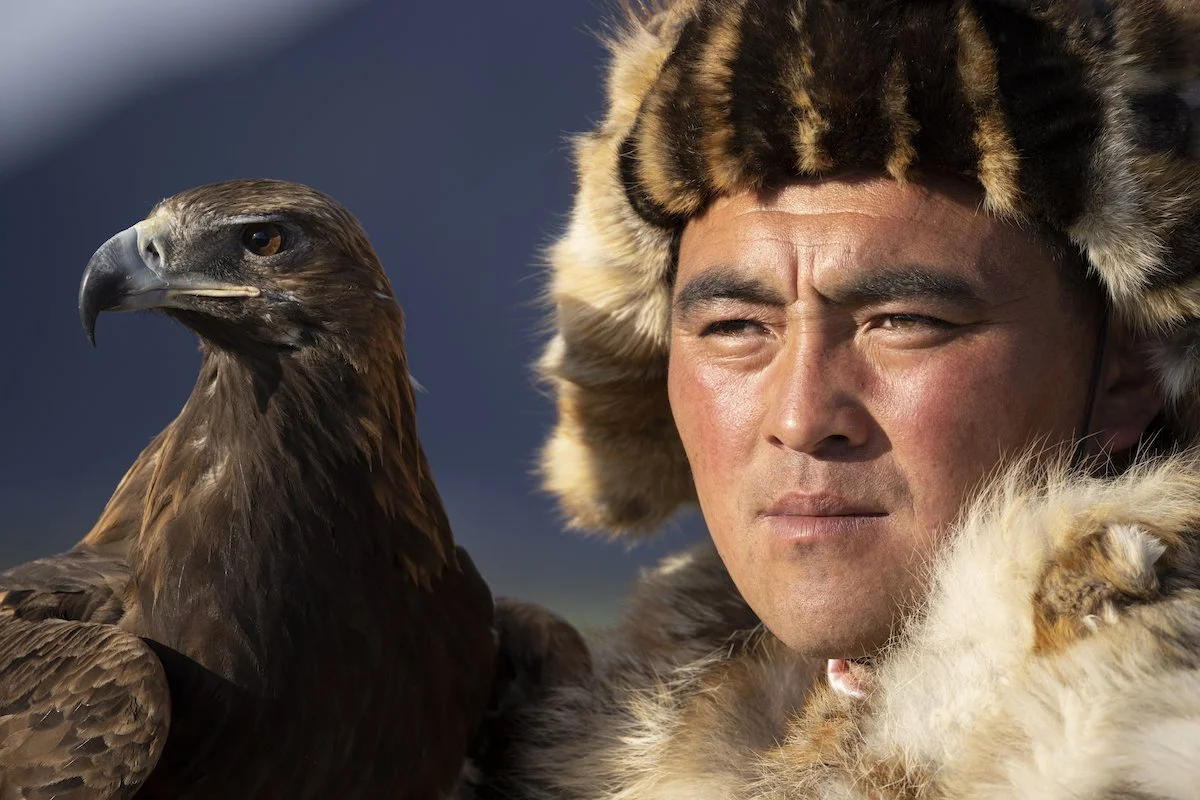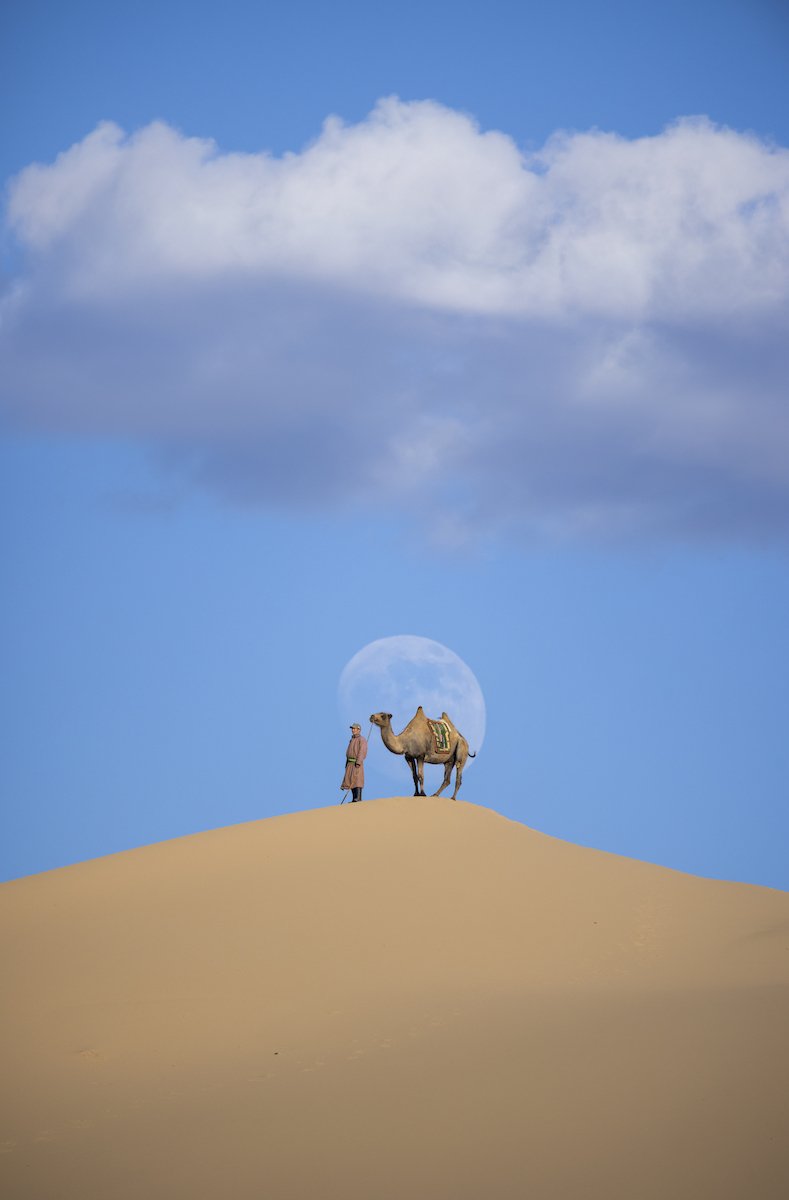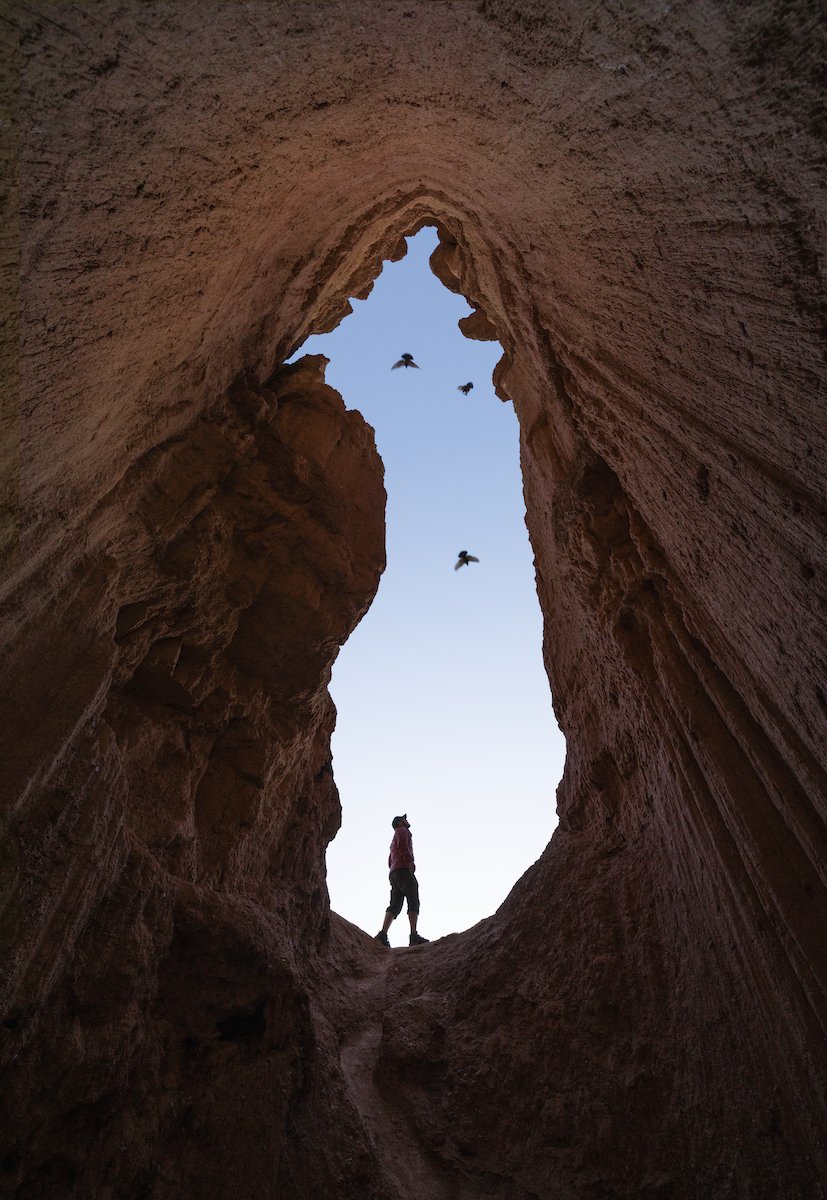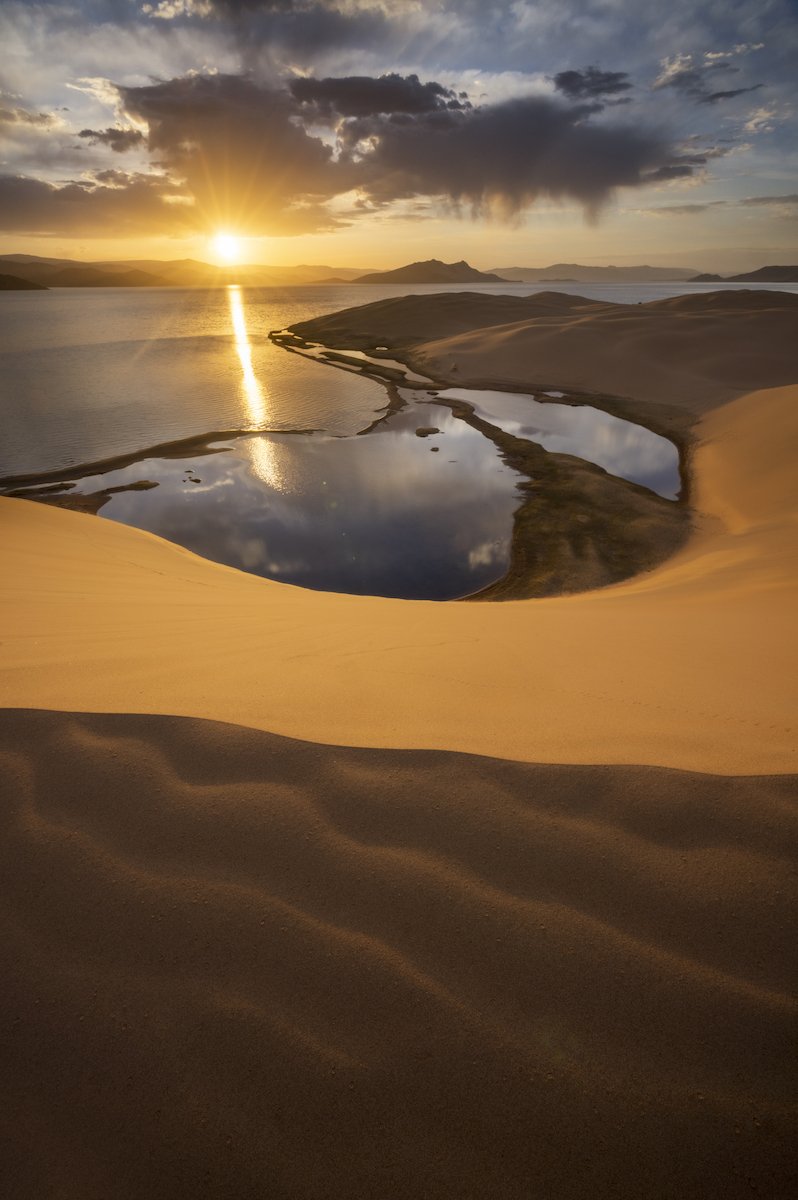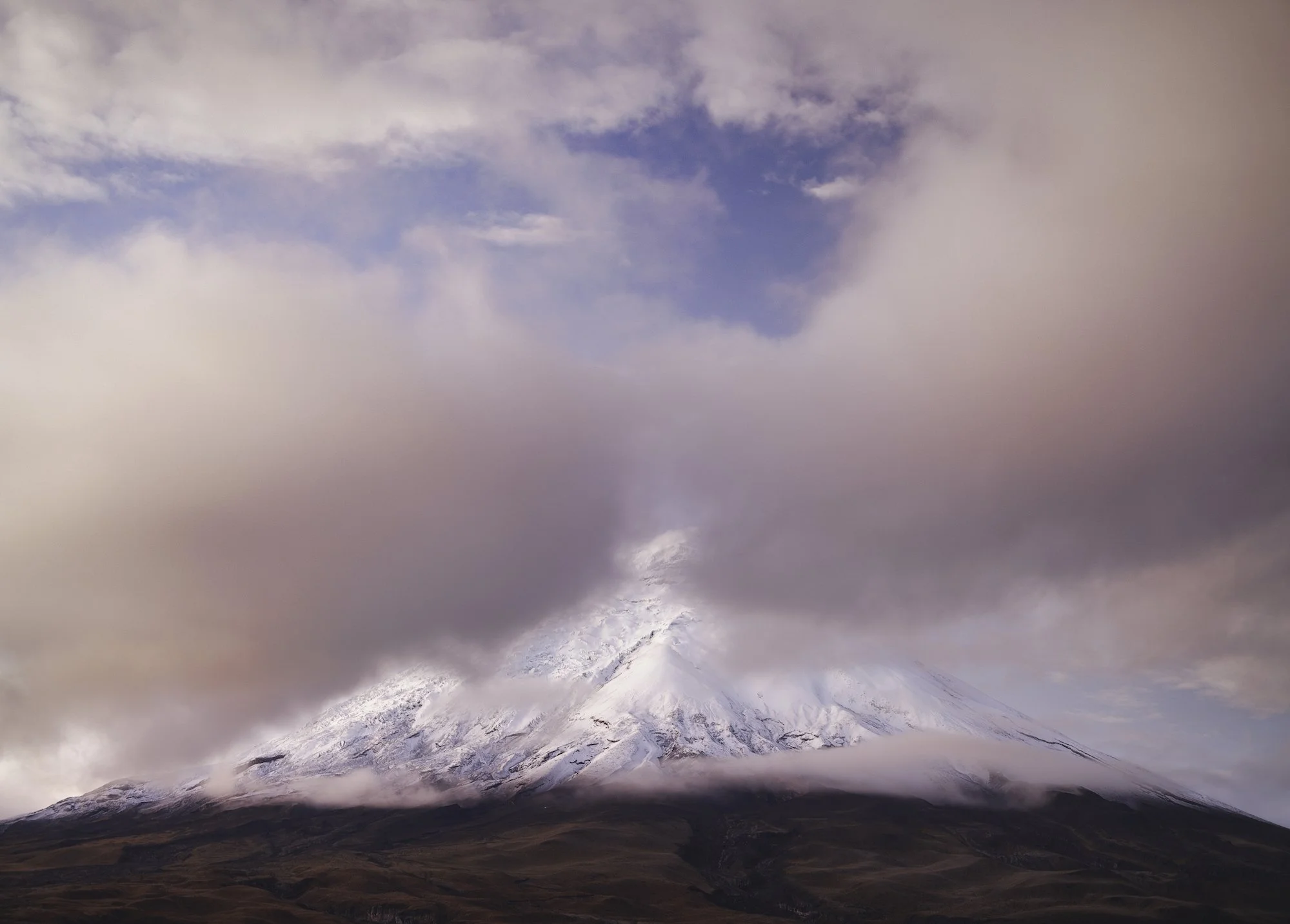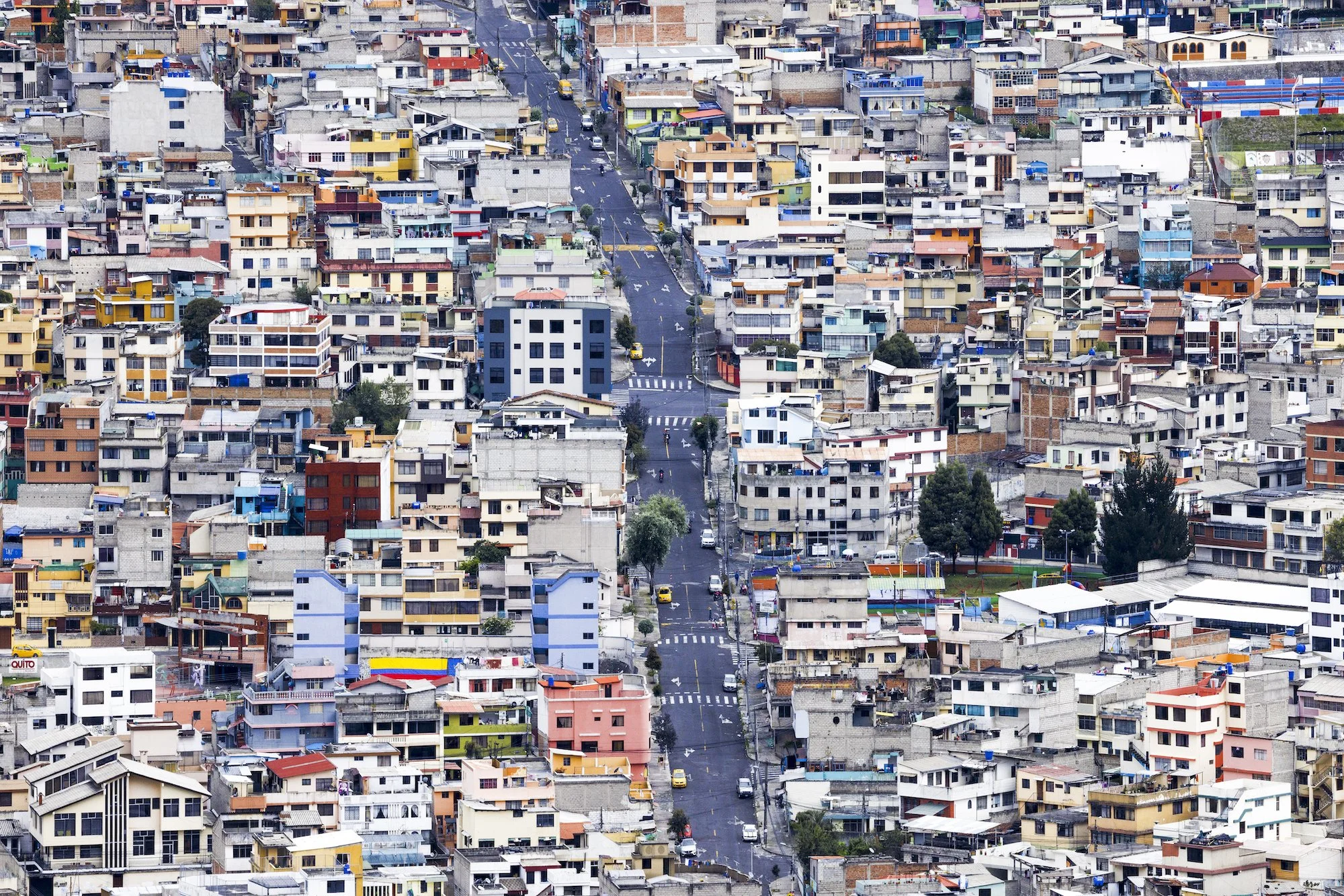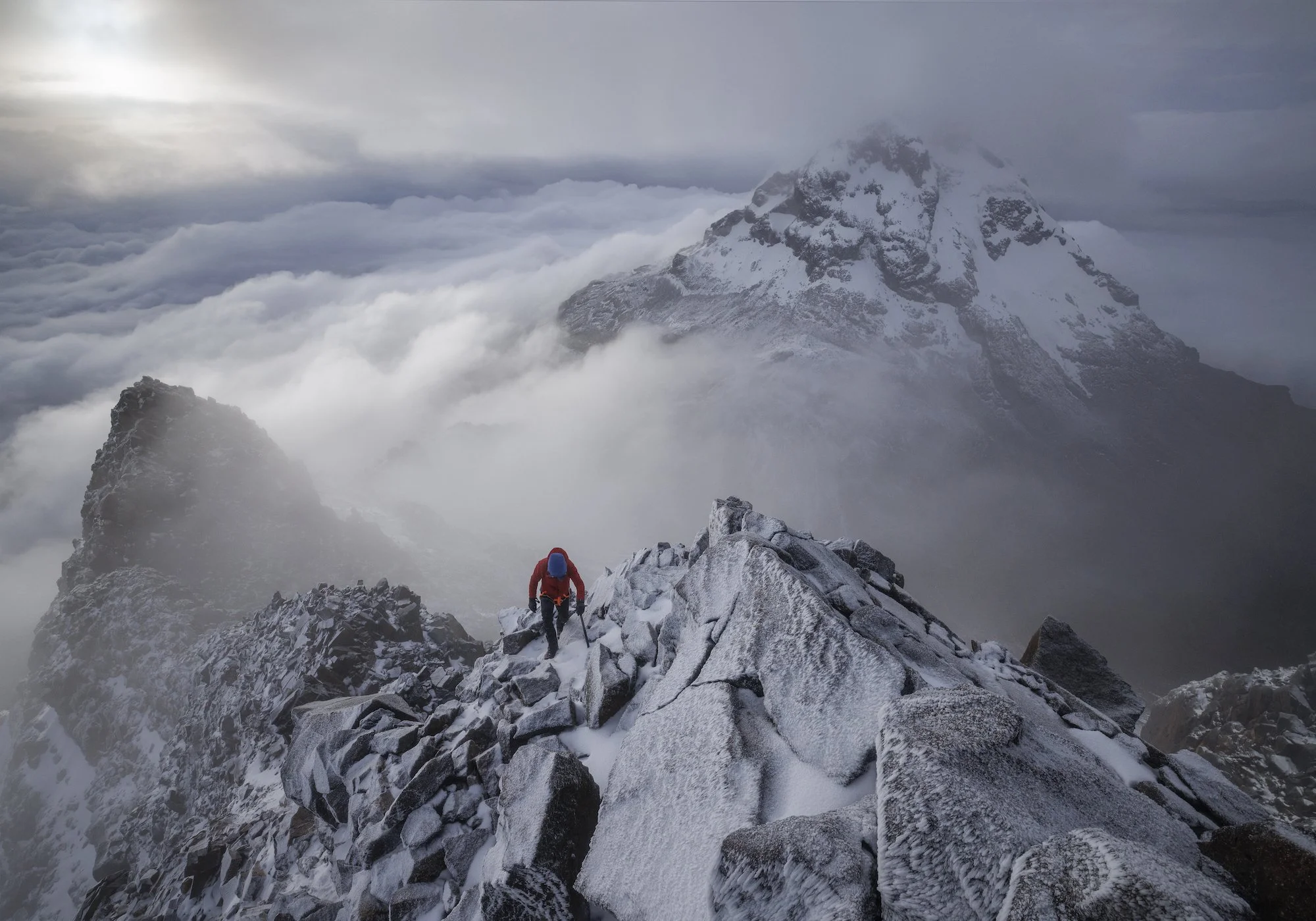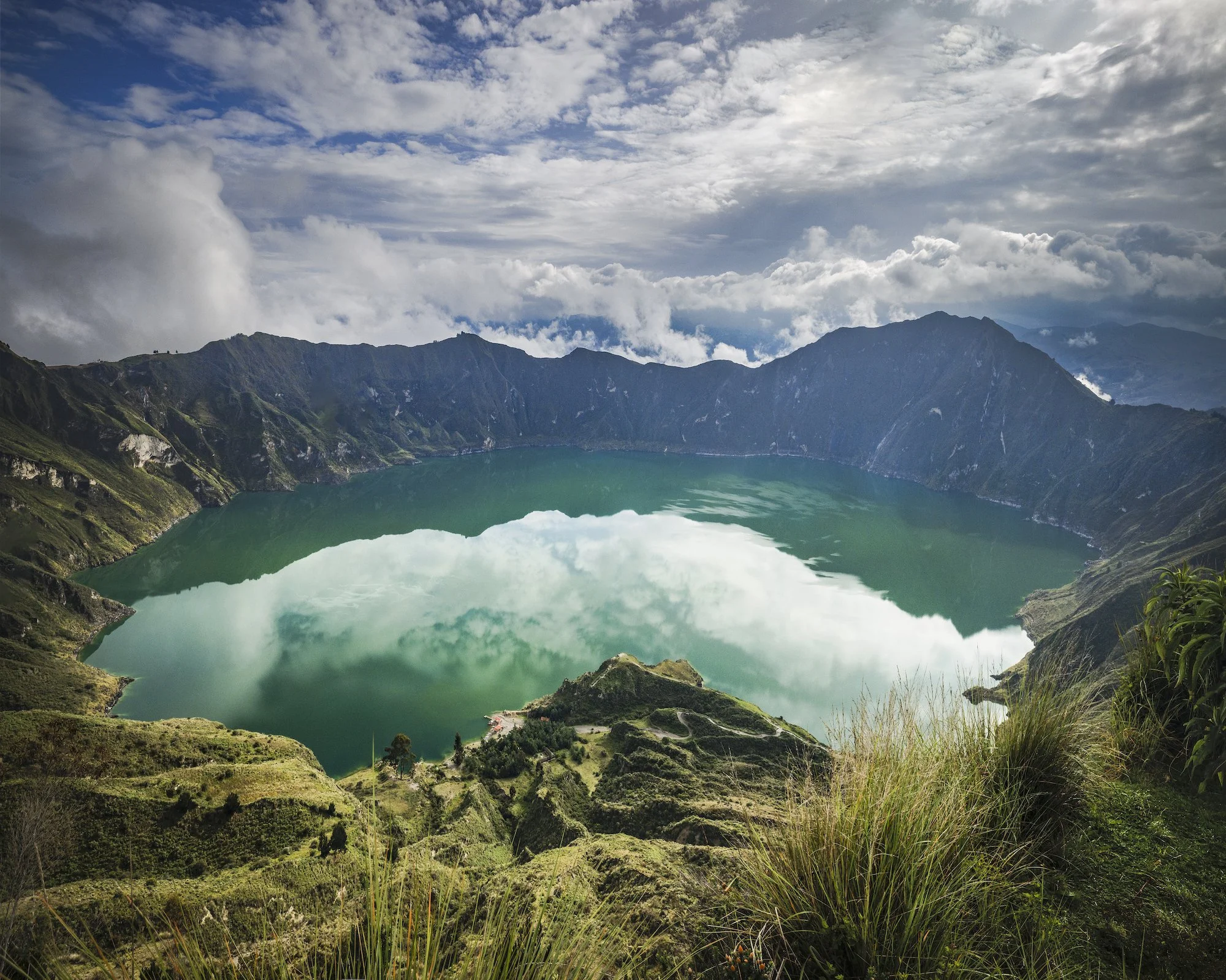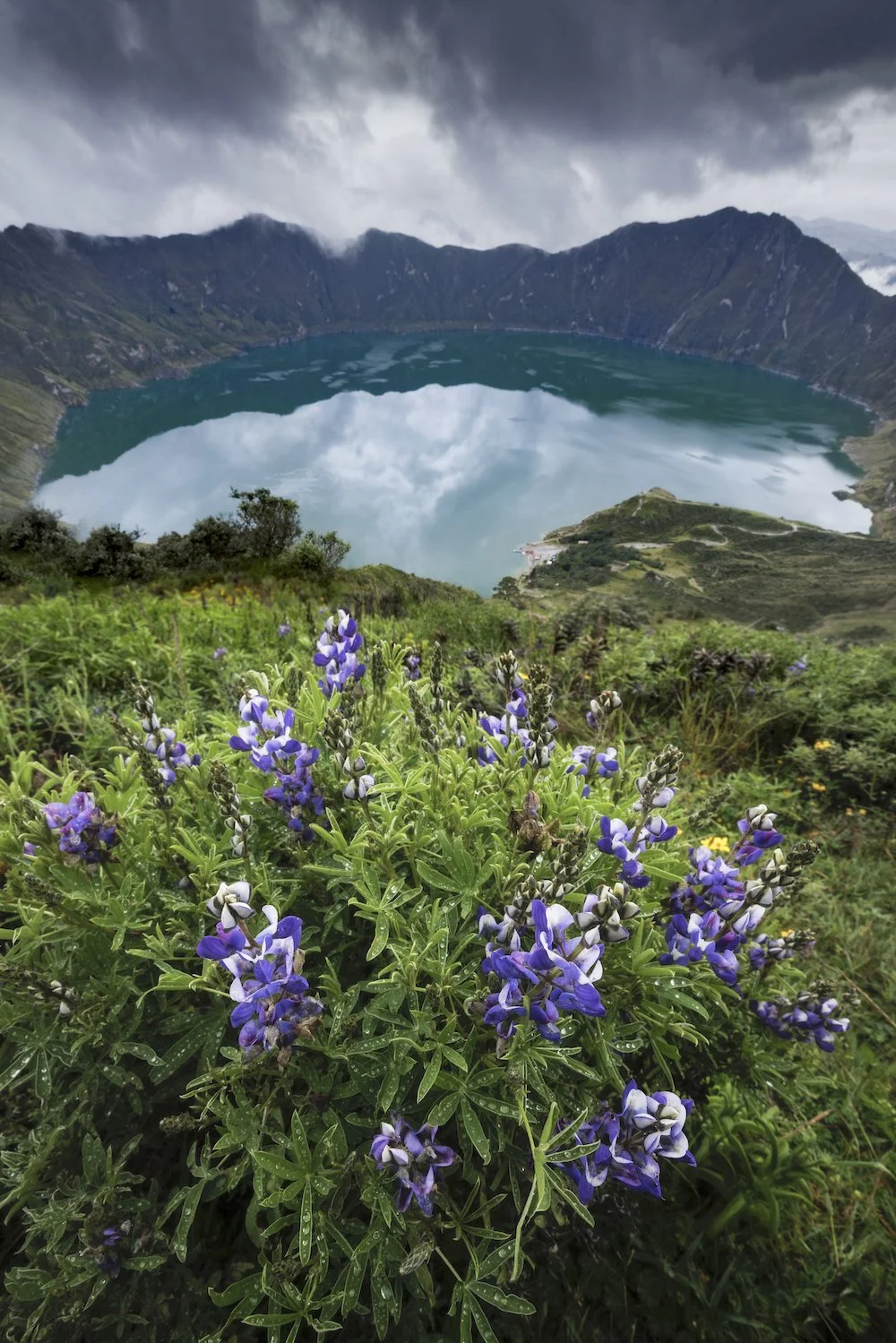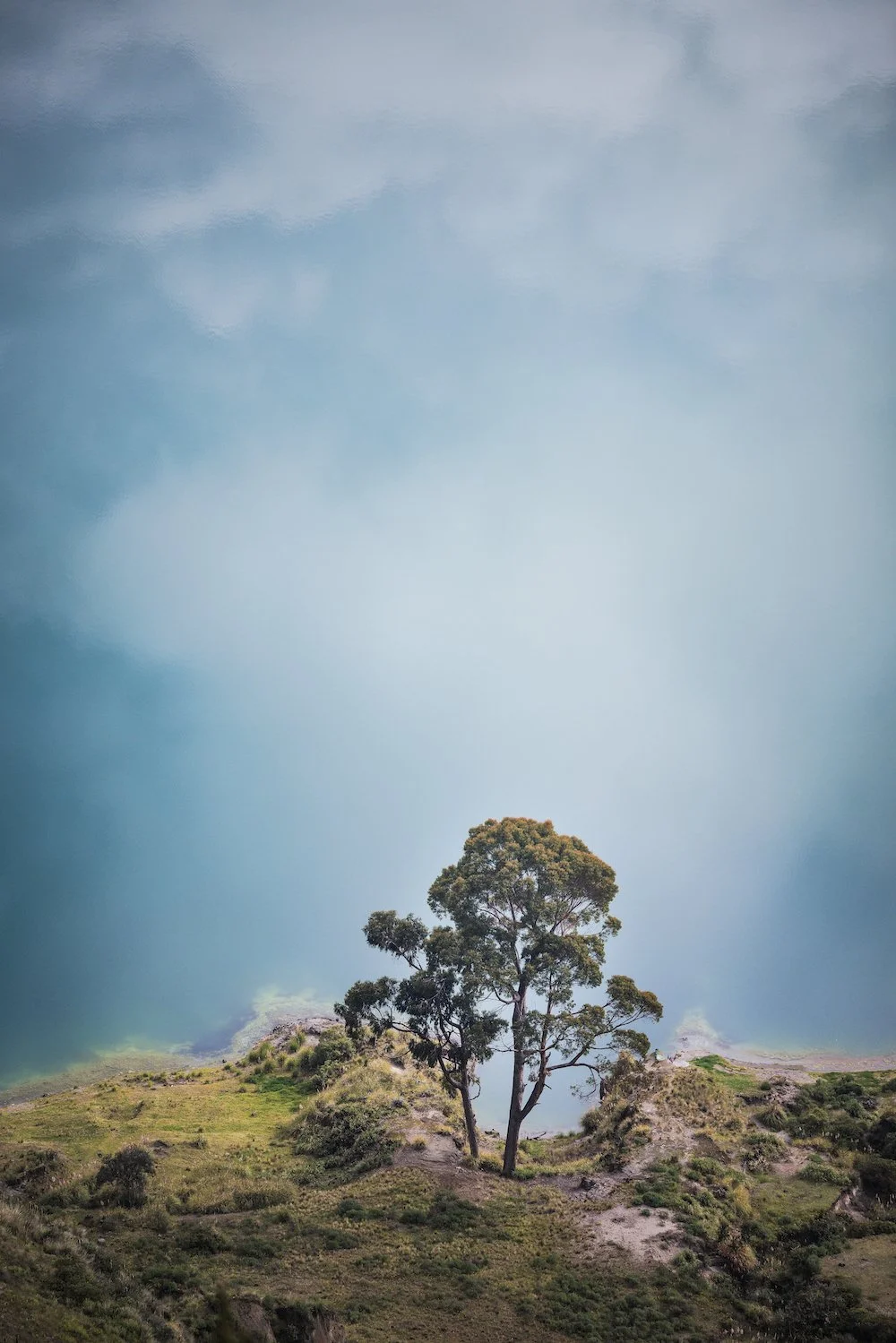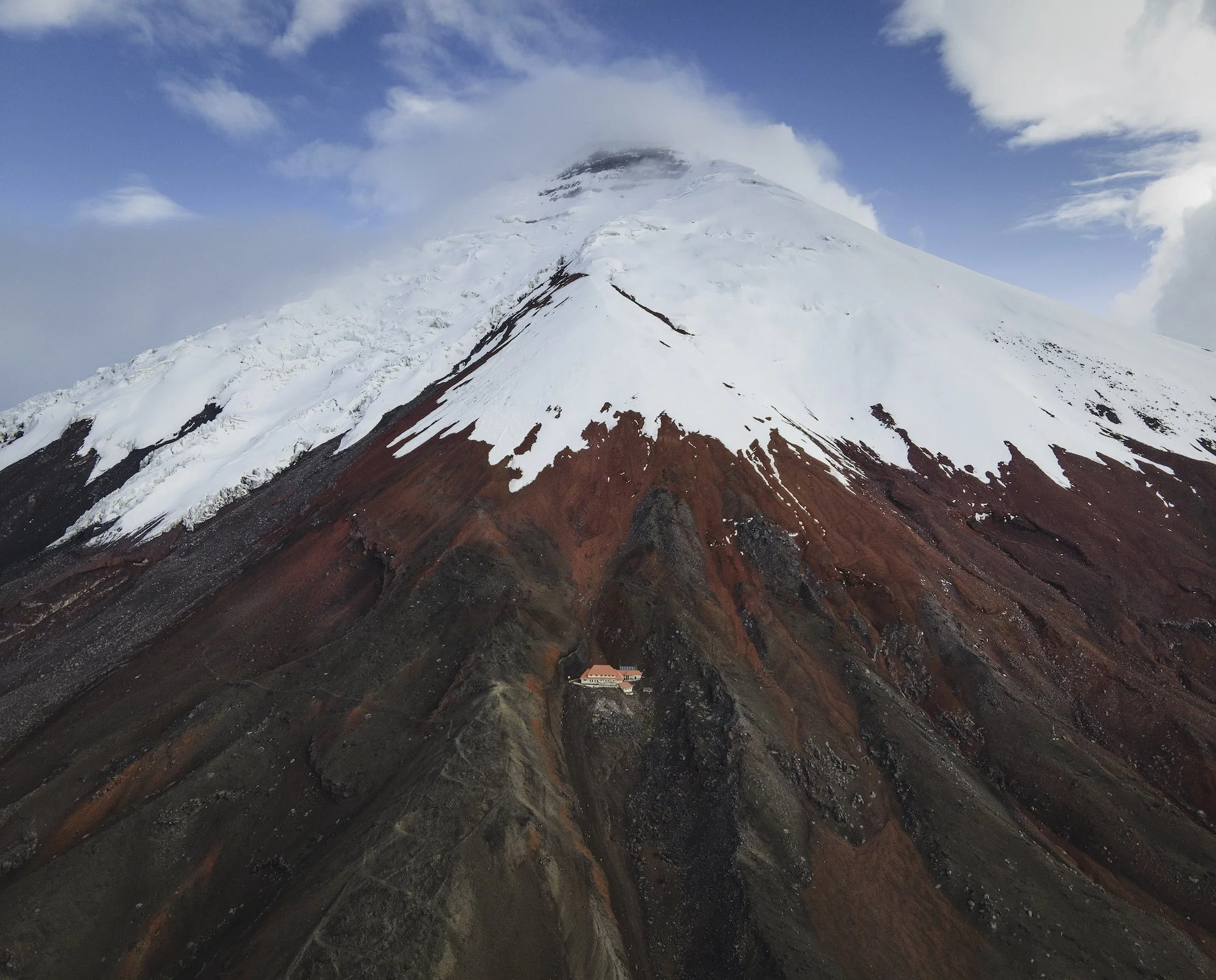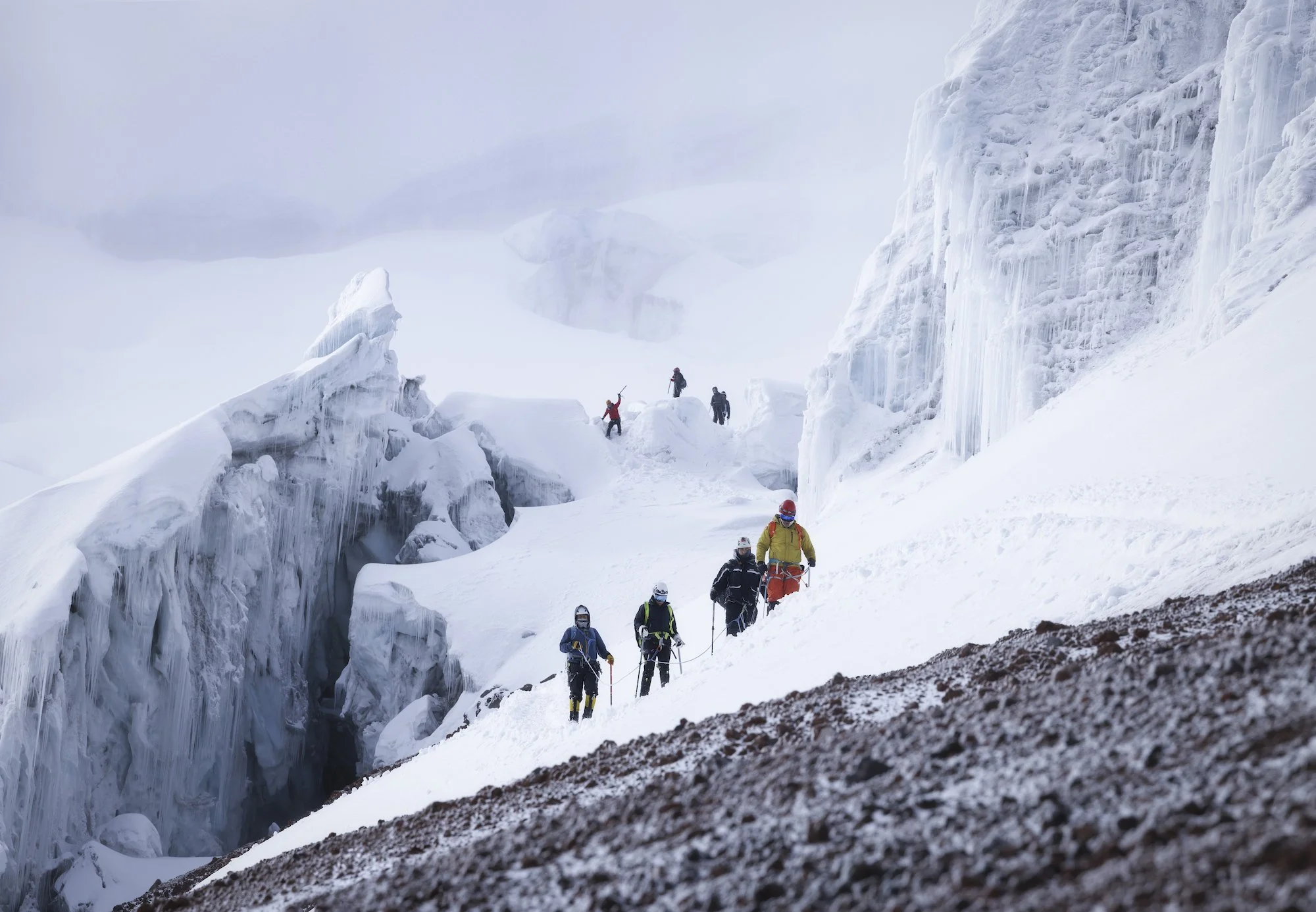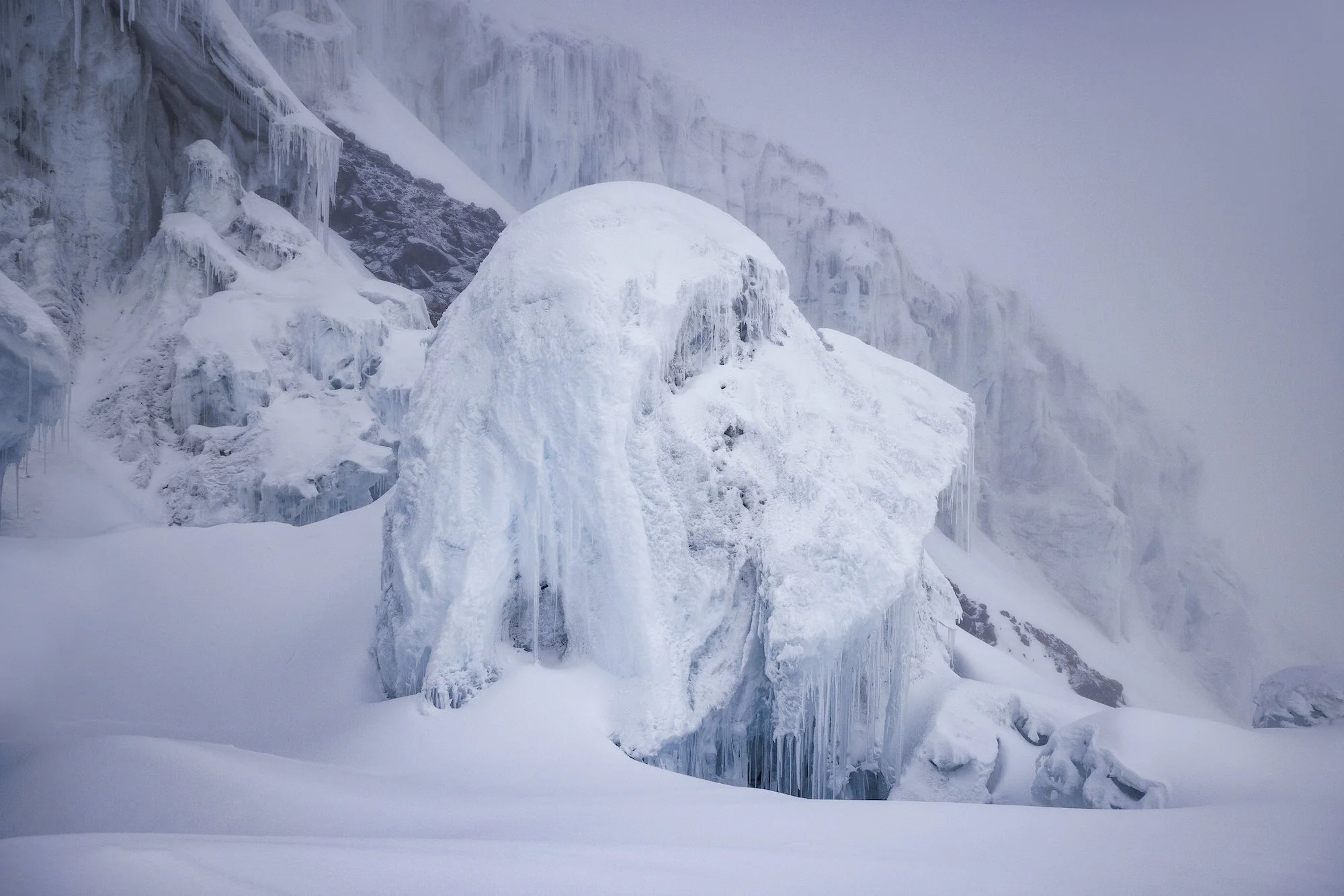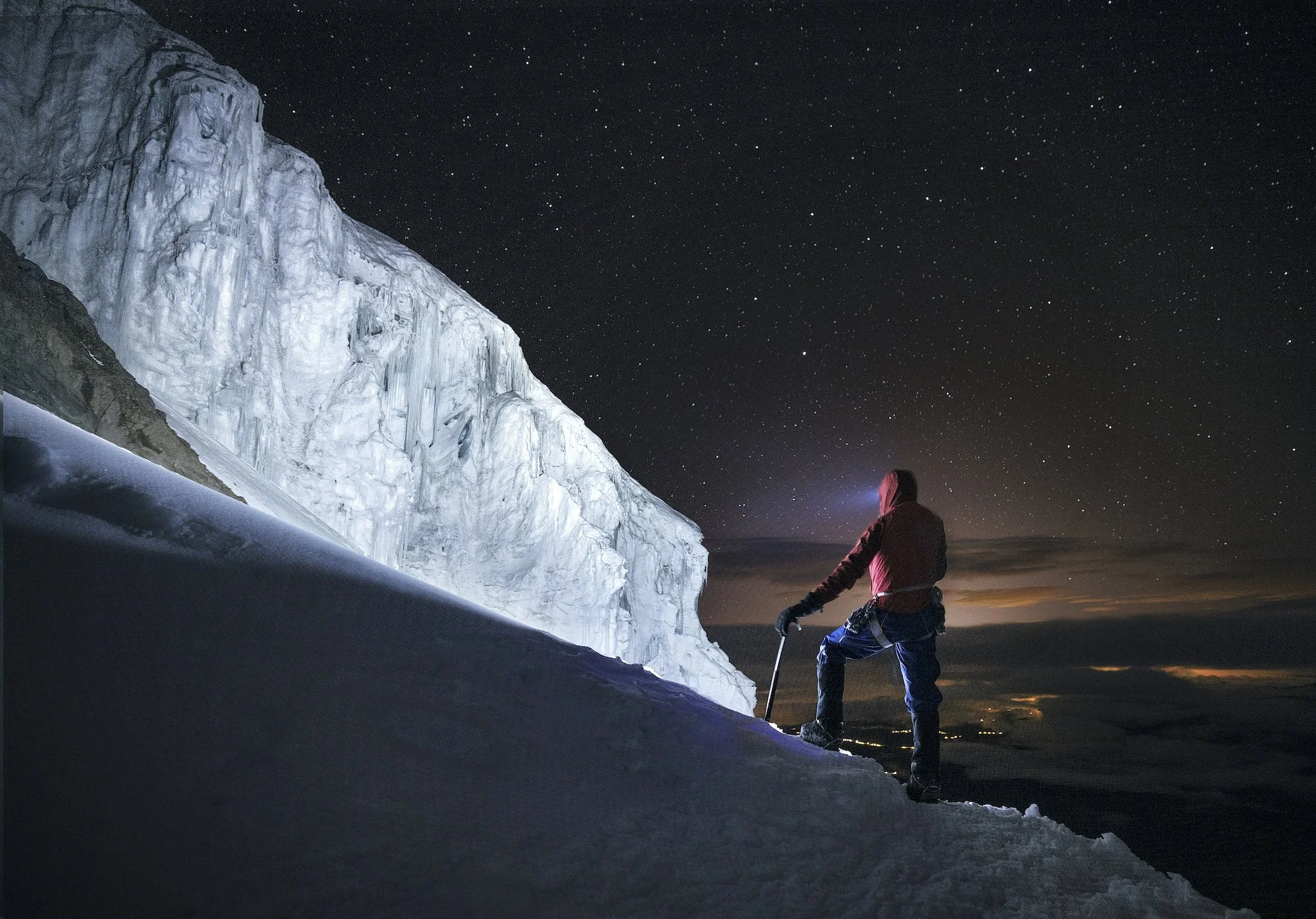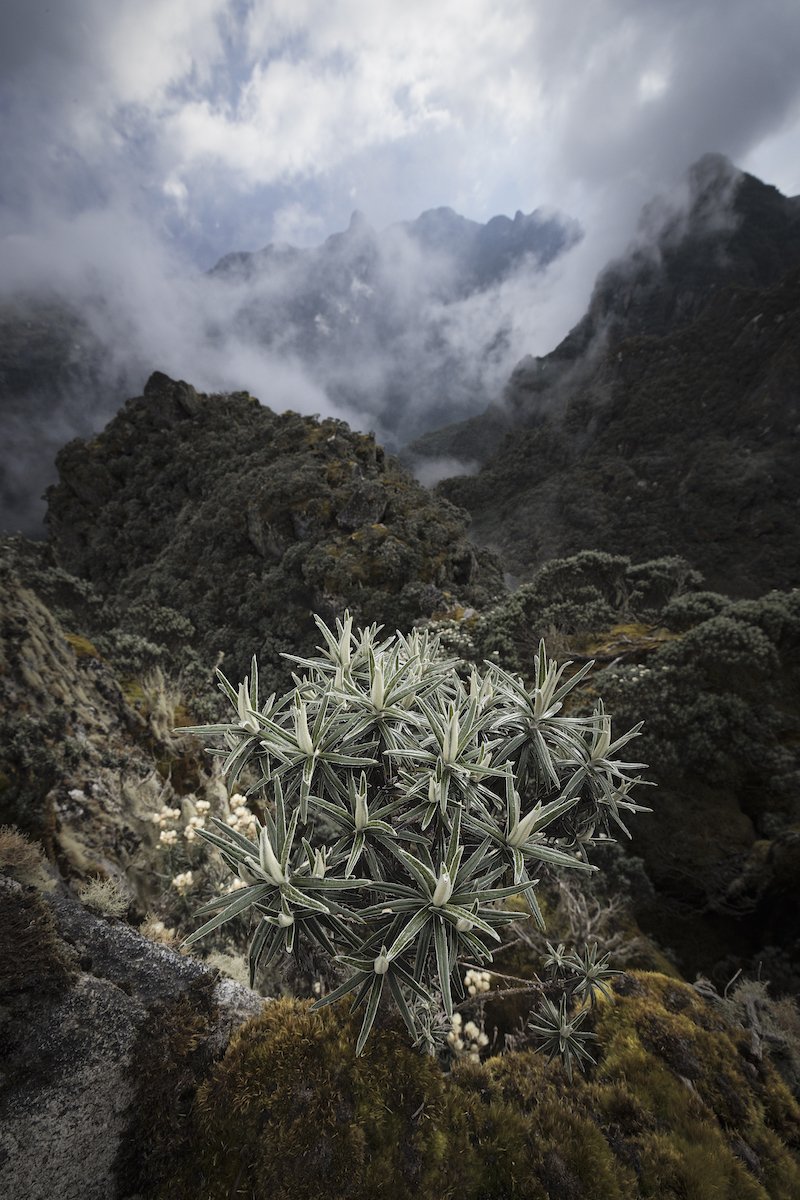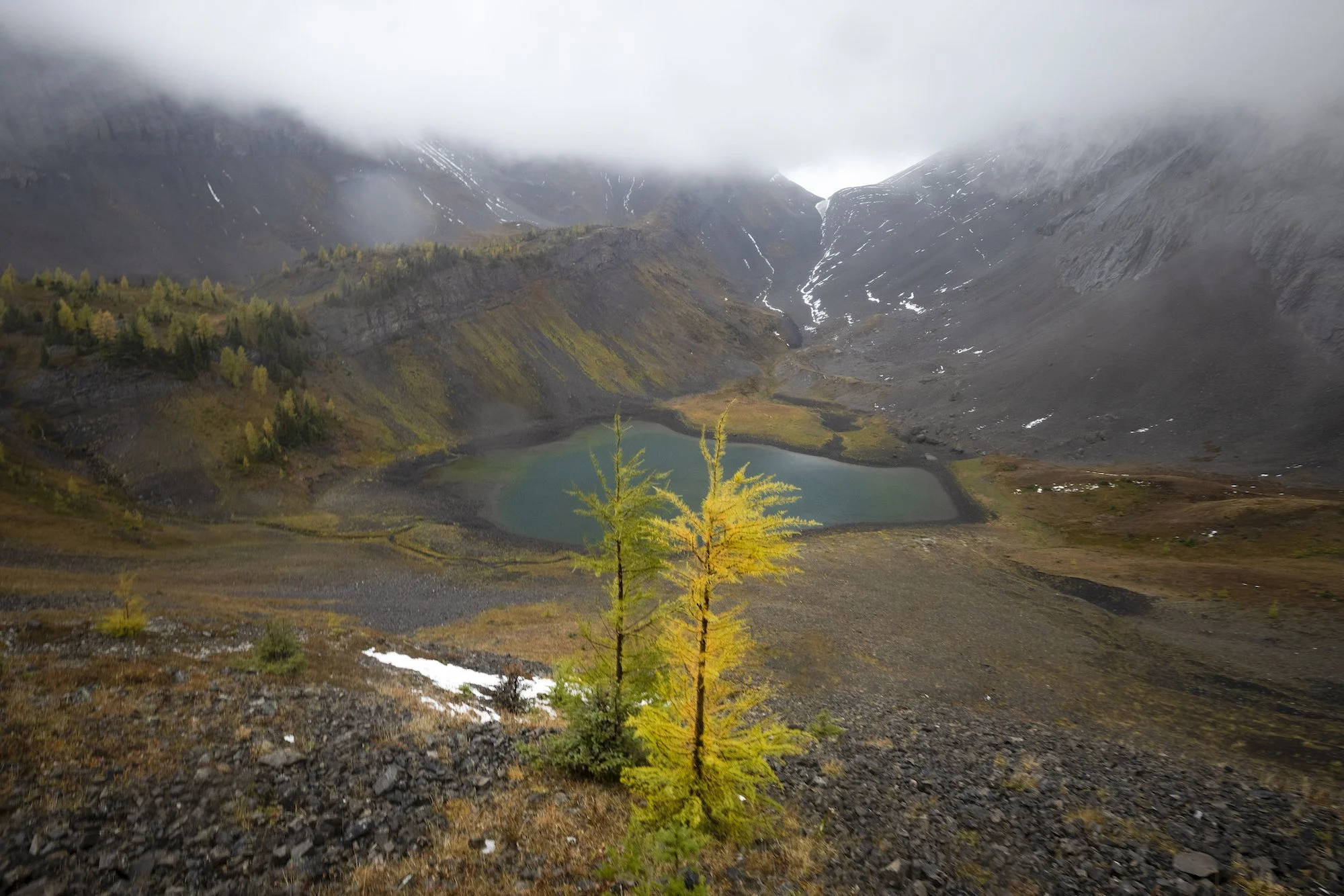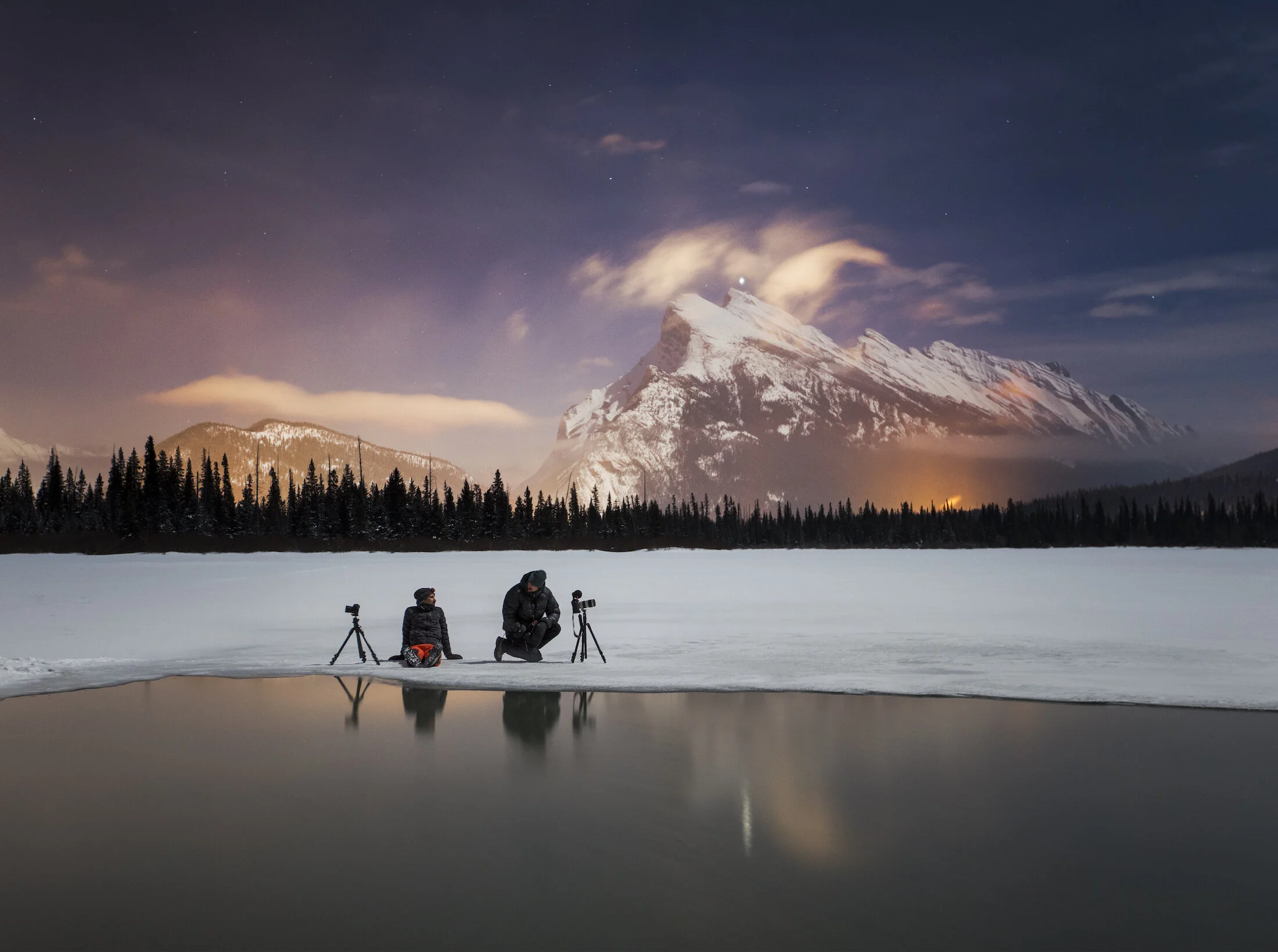
Land of the Eternal Blue Sky: 5 Favourite Images From Mongolia
It seems impossible to take a bad photo in Mongolia. With towering sand dunes that glow during magic hour, vast landscapes that seem to stretch on for eternity, and welcoming people who share their traditional way of life and—a photographer will find endless possibilities. It’s no wonder that OFFBEAT returned to the “Land of the Eternal Blue Sky” this June to host two photography workshops: The Gobi Desert and The Wild West.
It seems impossible to take a bad photo in Mongolia. With towering sand dunes that glow during magic hour, vast landscapes that seem to stretch on for eternity, and welcoming people who share their traditional way of life and—a photographer will find endless possibilities. It’s no wonder that OFFBEAT returned to the “Land of the Eternal Blue Sky” this June to host two photography workshops: The Gobi Desert and The Wild West.
After a long commute from Canada (in my case) to Mongolia, we were gifted with smooth logistics, perfect weather, and incredible light. Although I spent most of my time focused on leading these workshops, I managed to come home with thousands of photos. I’ve sifted through them all and am excited to share my 5 favourite images along with the story behind each one.
View the collection of Mongolia images available as Limited Edition Prints!
1. “Khongoryn Els”
A tight frame of sand dunes where every single pixel is 100% sand. I have been to this location before and fell in love with shooting more intimate scenes within the scene. Upon arrival in the Gobi Desert, I started to seek out these compositions. I shot a number of those images that day and this is my favourite one.
2. “The Camel Herder and the Supermoon”
Our time in the Gobi Desert coincided with the June super moon, also known as the Strawberry Moon. We arranged for camel handlers and their camels to join us for sunset and nighttime photo shoots. We came up with the concept of positioning one of the camel herders on a distant dune in order to make the most of the rising super moon. We were fortunate to have soft light and some low-hanging clouds that didn’t obscure the moon as it rose. It was definitely a magical moment to see all those elements align in front of our eyes.
3. “The White Stupa”
This image is the result of childlike curiosity. The image was taken in an intriguing feature that I spotted from far away alongside trip co-leader Curtis Jones. When we investigated closely, the feature turned out to be a massive keyhole that we could drop into and shoot out of. I shot a few frames right away to take advantage of the alpenglow and by a stroke of luck, a few birds flew through the frame. To me, this image represents the importance of being curious in photography and, and following your nose and sticking your head and things.
4. “Ulaagchiin Khar”
This was taken at Ulaagchiin Khar Lake in West Central Mongolia after the photography workshop came to a close. This was a place that took a lot of working and driving to get to. We didn’t have much time at this location so I made the most of it by shooting in the early morning. I shot the sunrise from the top of the biggest dune in a vast dune field that juts out into the middle of the turquoise lake. I started looking for interesting foregrounds as soon as I reached the top of the dune and found amazing ripples to work with. Those ripples became the leading lines in this classic landscape shot featuring beautiful rich light and some nice geometry.
5. “Jenisbeck”
Last but not least, we have this tight portrait of eagle hunter Serik Jenisbek in the village of Sag Sai. We created this image at sunset in some phenomenal natural light. I must have shot thousands of images of Serik Jenisbek, both with his eagle and on his horse. This is one of my favourite shots of the lot because it has a candid feel and capturing the intimate connection between Jenisbek and his eagle was a very special moment.
Overall, this trip to the Gobi Desert and Western Mongolia was absolutely incredible. Mongolia is quickly becoming one of my favourite countries in the world, not just for the photography but for the people and the sense of isolation you experience when you’re there. I hope these images convey the natural beauty and variety that Mongolia has to offer.
View the collection of Mongolia images available as Limited Edition Prints!
Join OFFBEAT in Mongolia in 2024: sign up for our newsletter to stay in the loop about this trip.
Thank you to Mongolia Expeditions for being terrific hosts.
Ecuador: Capturing Vanishing Ice on the Equator
On a mission to document vanishing ice across the globe, I found myself in Ecuador back in February — a South American nation named for its position on the Equator. You may wonder why I’m chasing ice on the Equator, but Ecuador is home to Andean peaks towering up to 6,310 metres. It turns out that the country’s stratovolcanoes are home to a number of receding glaciers.
On a mission to document vanishing ice across the globe, I found myself in Ecuador back in February — a South American nation named for its position on the Equator. You may wonder why I’m chasing ice on the Equator, but Ecuador is home to Andean peaks towering up to 6,310 metres. It turns out that the country’s stratovolcanoes are home to a number of receding glaciers.
I arrived in Quito with a friend and fellow photographer, Kris Andres. An assault on all the senses, Quito was as colourful, bustling, and stimulating as I imagined. We hiked to the summit of Volcán Pichincha (4,800 m) to acclimatize for the higher elevations we planned to reach. Having spent time at elevation in Africa and Nepal, I acclimatized rather well.
Colourful and bustling Quito. Photo by Paul Zizka.
Quito is surrounded by hills and highlands, which we were eager to explore. It wasn’t long before we were en route to our next objective: Volcá Illiniza Norte (5,126 m). We set off around midnight in light snow, guided by the light of our headlamps. Conditions were challenging due to the build-up of ice and rime from the previous day’s storm. We couldn’t see anything when we reached the summit but just as we were about to pack up, everything opened up. It was absolute magic and everything I could wish for as a photographer: brilliant side light, dynamic clouds, and Illiniza Sur (5,245 m) rising in the background. In terms of scenery and photography, that fifteen minutes was the highlight of the entire trip.
Clouds parting momentarily on the summit of Volcan Illiniza Norte. Photo by Paul Zizka.
That’s not to say that the rest of our time in Ecuador wasn’t absolutely mind-blowing. Following Illiniza Norte, we hiked into the Jose Ribas refuge by circumventing the Quilotoa Crater. We spent half a day walking on the rim of a vast volcano, immersed in scenery that was unlike anything I’d ever seen before. Quilotoa is much older than the two previous volcanoes, geologically speaking. The landscape is also incredibly lush and vibrant. Traversing such different terrain was a refreshing intermission before our biggest climb.
Quilotoa Crater. Photo by Paul Zizka.
The pinnacle of our trip was Volcán Cotopaxi (5,897 m) located about 50 km south of Quito. We stayed at Tambo Paxi at the base of the volcano, got up to shoot the sunrise, then drove all the way up to a shelter that sits at an elevation of approximately 5000 metres. We got some rest but were up at 11 pm for a midnight start. With a new moon, we could only see as far ahead as our headlamps allowed. A billion stars glimmered overhead and Quito’s lights were visible in the distance. We wove our way through seracs towards the summit. Clouds rolled in halfway up, which was unfortunate for photos but added to the atmosphere.
We topped out on the edge of a giant summit crater. Eventually, other rope teams arrived at the summit of Cotopaxi. The clouds didn’t part until we were halfway down, revealing distant volcanoes and volcanic plains. The descent was magical and made for some great photo opportunities and some of my favourite images from the trip.
The Cotopaxi Refuge. Photo by Paul Zizka.
This trip to Ecuador was a wonderful opportunity for me to observe a new landscape, experience a new culture, and document rapidly changing glaciers that sit high up on the Equator. The trip came with its own challenges, like shooting in a highly dynamic environment that’s constantly changing. With volcanoes attracting and shedding weather quickly, I had to be on the ball to make the most of brief windows of opportunity. Overall, It was unbelievable to climb ice so close to the equator and gaze into distant coastal areas and jungles from a high altitude. The trip ultimately revealed that Ecuador is full of kind people and offers a ton of variety despite being such a small country. I certainly look forward to returning someday!
Weaving through seracs on our ascent of Cotopaxi. Photo by Paul Zizka.
Memories from Africa: Wildlife, Climbing and the Last Glaciers
A collection of my favourite images from a recent photography workshop and photo mission to capture the last ice in Botswana and Uganda.
After a long pause from leading workshops abroad, I was fortunate to embark on two trips in the latter half of 2021. The most recent was a journey to beautiful Botswana, a must-see for landscape and wildlife lovers alike. This particular adventure provided the best of both worlds; it began with an immersive OFFBEAT workshop experience and ended with a personal trip to document some of the only remaining ice on the African continent. Both resulted in memories I will cherish for a long time.
Breathless in Botswana
The workshop went marvellously well. We split our time between the Khwai Private Reserve of the Okavango Delta and Chobe National Park. We were fortunate to spot elephants, big cats, giraffes, hippos, baboons, and birds of many feathers. Since we could never predict which animals we would come across, each game drive and boat cruise provided a completely unique experience. Each of our participants went home with thousands of photographs of dozens of animals. For me, the most memorable encounters involved cheetahs, elephants, and lions bathing in magical African light.
One of Covid’s silver linings has been renewed appreciation. While I recognized the value of travel prior to the pandemic, it all felt a touch more special this time around. Whether gathering with old friends, meeting new faces, teaching again, drinking local coffee, or sitting quietly with a lion—it all seemed even more precious.
If you’ve never been to Botswana, you absolutely need to add it to your bucket list. Everything about this country, from its diverse landscapes and animals to its generous people, will leave you breathless.
A mother and baby elephant in Chobe National Park, Botswana. Photo by Paul Zizka Photography.
The Mountains of the Moon
After wrapping up the workshop, I embarked on a personal journey to find and photograph the last remnants of ice on the African continent. I chase ice because of its surreal beauty, its impact on the land and its people, and because it's so quickly disappearing. Chasing ice in Africa led me deep into the Rwenzori Mountains, located on the border between Botswana and Uganda. They are also known as the Mountains of the Moon.
Much of the multi-day trek was spent following our local guides through an otherworldly landscape of tropical plants and ancient rock shrouded by mist and rain. The highlight of the trip was the surreal summit day high on Mount Stanley. There I was in an extremely remote area, at one of the last remaining glaciers in Africa. I was sitting at 5,109 m above sea level in -20C temperatures and zero visibility with one butt cheek in Congo and the other in Uganda. I was there, in that quiet and sacred place, as news from the outside world trickled in: the Omicron variant was beginning to shut down travel to many African nations. It was a bizarre experience and an emotional rollercoaster.
You may think of glaciers when you think of Africa, but ice does exist there—for the time being. The now-tiny glaciers of that region have existed for a long, long time. They have had a massive impact on the land and the locals throughout history. They carved the valleys into what you see today and they provided water for life to fill those valleys. I chase ice because of its surreal beauty, its impact on the land and its people, and because it's so quickly disappearing. Embarking on this trip to see those glaciers in their terminal state was deeply moving and well-worth documenting for me.
The Rwenzori (also spelled Ruwenzori or Rwenjura) is a mountain range in eastern equatorial Africa, on the border between Uganda and the Congo. Photo by Paul Zizka Photography.
Guides on the summit of Mount Stanley (5,109 m). Photo by Paul Zizka Photography.
One of the many waterfalls we encountered during the trek. Photo by Paul Zizka Photography.
Striking Gold: A Larch Season Photo Mission with the Lowepro PhotoSport PRO
Magic unfolds in the Canadian Rockies during the transition to fall. It’s larch season, a glorious but short-lived window where the needles of this “deciduous conifer” transform from green to gold, and the perfect time to set off on an overnight backcountry adventure with the brand new Lowepro PhotoSport Pro.
Guest post by Trixie Pacis.
Originally published by Lowepro.
Magic unfolds in the Canadian Rockies during the transition to fall. It’s larch season, a glorious but short-lived window where the needles of this “deciduous conifer” transform from green to gold. If you conjure an image of the iconic peaks and turquoise lakes of the Rocky Mountain landscape beneath a blanket of fall hues, you’ll understand why droves of photographers and adventurers converge on this colourful display. I set off on an overnight backcountry adventure with award-winning adventure photographer Paul Zizka to see what all the fuss was about.
Planning a Larch Season Photo Mission
When it comes to capturing golden larches, timing is everything. Larch season lasts just a few weeks, typically from late September to early October, until the trees shed their needles for the winter. Arrive too early and the larches will blend in with neighbouring evergreens. Wait too long and the needles will have faded or been blown off the branches by a storm.
Paul and I plotted an overnight backcountry trip to capture this phenomenon. Paul was adamant about an overnighter because it would allow him to shoot the golden larch trees and turquoise lakes of the high in the alpine in early morning and evening light. Paul chose a destination on the border of Banff National Park and Kananaskis Country in the Canadian province of Alberta with two objectives in mind: the northwest ridge of Mount Birdwood as well as a stroll through the larch forest around Mount Smutwood. He arranged for a Banff National Park bivouac permit to camp overnight as well as a permit to recreate in Kananaskis Country, through which we would be passing. With a departure date and destination set, it was time to pack our bags.
Packing for an Overnight Photography Adventure
Autumn is a beautiful season to explore at high elevations but camping in cold weather requires additional gear. I’ve embarked on multi-day treks from Alaska to the Himalayas with a camera in tow but on this trip, I discovered that not all backpacks are made equal; watching Paul use a bag designed for photographers as much as backpackers was a revelation.
I met Paul at his place on the crisp September morning of our trip. Paul was in the process of packing and introduced me to the Lowepro PhotoSport PRO 70L backpack, the latest addition to Lowepro’s proven line of camera bags. In a nutshell, PhotoSport PRO was designed for photographers going on multi-day backcountry expeditions. It integrates all the features required for an overnight trip plus all the bells and whistles for secure and convenient camera access.
“They really thought of everything,” Paul said as he packed the PhotoSport PRO with all the gear he would need for our trip. Indeed, the bag was designed with every essential detail in mind.
→ We’re giving away a Lowepro PhotoSport PRO 70L backpack (value $699 CAD). Enter here!
Camera Gear: The PhotoSport PRO features front and back panel access. Favouring the rear opening, Paul packed his Canon R5 mirrorless camera and three lenses using the GEARUP PRO XL insert that comes with customizable velcro inserts to hold everything in place. There was even extra room for a few additional items including his headlamp.
Camping Gear: With his camera secure, Paul loaded his sleeping bag and mat into the backpack’s bottom pocket. Storing these items here cleverly provides extra padding below the camera gear. He then strapped his one-person tent to the adjustable straps outside the bottom pocket.
Paul packed his camping stove, dehydrated meals, and spare layers in the PhotoSport PRO’s main compartment along with the RunAbout foldable day pack. Even after packing all the essentials for a one-night trip, there was plenty of room to spare.
Accessories: Paul tucked his tripod and water bottle into the side pockets (pointing out that the bag has a side pocket for those who prefer hydration reservoirs with drinking tubes. Last but not least, Paul stashed the small accessories he wanted to keep accessible in the removable lid including his phone, wallet, sunglasses, and satellite device.
Before setting off, Paul adjusted the torso length, load lifter straps, chest straps, and padded waist straps for maximum comfort. Paul also mentioned that the Activ Lift system and adjustable pivoting waist transferred weight to the hips and provided a wider range of motion.
I was intrigued by the bag’s thoughtful design and curious to see it in action.
The Lowepro PhotoSport PRO 70L backpack holds up against heavy rain. Photo by Trixie Pacis.
Striking Gold
Within a few hours, Paul and I were deep in moose country with the trailhead far behind us. The start of our adventure traced a river through the forest and into an open valley. The sun was shining and a light dusting of snow accentuated each sedimentary layer of the surrounding peaks. We bid the valley floor farewell and began our ascent to the high alpine. We were soon surrounded by larch trees of every hue—from neon green with gold tips to buttercup yellow. I felt the euphoria of “striking gold”.
Suddenly, winter was upon us. Thick snowflakes fell, many carried sideways by fierce gusts of wind. By the time we reached our bivy spot, the ground was white. Paul and I pitched our tents amidst a stand of butterscotch-coloured larches then glanced at the northeast ridge of Mount Birdwood through the fiery foliage. We quickly agreed to adapt our plans in light of the unexpected weather. The summit of Mount Birdwood was just around the corner and looked manageable despite the fresh layer of snow.
Paul hikes towards the summit of Smutwood wearing the RunAbout insert. Photo by Trixie Pacis.
The Runabout
It was time to explore with fast and light. It only took a minute for Paul to transfer the GEARUP PRO XL housing all of his camera gear into the RunAbout day pack. It fit like a glove with just enough room for a spare layer, water, snacks and accessories. Without the same efficient system, my fingers froze before leaving camp.
We spent the evening on high ridges, photographing golden larches against turquoise lakes and white snow, and shouting in excitement over the wind. Working side-by-side, I couldn’t help but notice that Paul’s camera gear had been at his fingertips every step of the way. Whether carrying the PhotoSport PRO or the RunAbout, only two smooth zippers stood between him and his camera. Meanwhile, I was fumbling with multiple buckles, cinches, and zippers to wrestle mine free. The biting cold only accentuated the difference.
Paul photographs a pair of larches on the ridge to Smutwood. Photo by Trixie Pacis.
One Bag, Three Seasons
We crawled out of our tents at the crack of dawn to capture larches in the morning light and discovered that the fallen snow had melted overnight. Rain pummelled down from the heavens as we explored the grove of larch trees around Birdwood Lakes. Even on that torrential day, nature’s brilliant display had us running around in search of new compositions with childlike fervour.
In just one trip, Paul put his gear to the test in three seasons: summer, fall, and winter. When I finally asked him what he thought of the bag, he called it his “new go-to for future expeditions.”
That told me everything I needed to know about the Lowepro PhotoSport PRO 70L.
Photos by Paul Zizka.
The PhotoSport PRO in Action
Check out this video to go behind the scenes as Paul puts the Lowepro PhotoSport PRO to the test!

